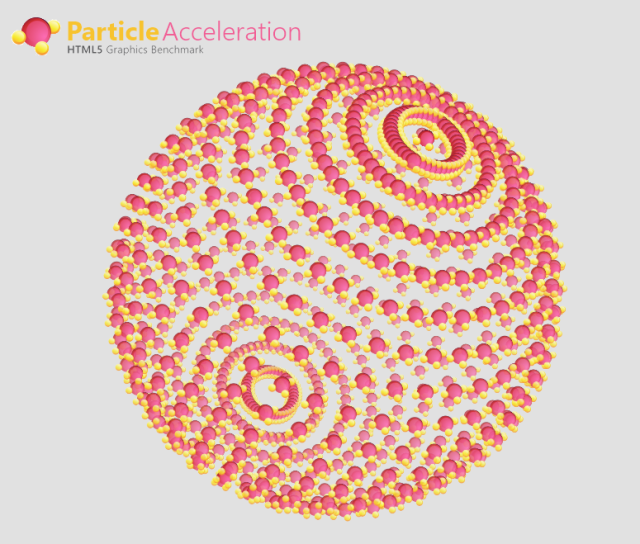For the last 8 years, every Windows machine has shipped with a Graphics Proccessing Unit (GPU). A GPU is a specialized circuit designed to accelerate creating images to output to the computer display. Whether it’s a super powerful gaming rig, or a small compact netbook, there’s a GPU in there. And for the last decade, GPUs have gotten exponentially faster, at a rate much higher than CPUs. Today, much of that processing power is wasted because applications don’t use it.
When the Internet Explorer team was reading the HTML5 spec, we saw the potential of using the GPU to improve performance and we built our implementation of Internet Explorer 9 with the GPU in mind. That means that we offload work from the CPU to the GPU whenever we can, to make use of the graphics card.
To help demonstrate the power of hardware accelerated HTML5, I wrote the following Particle Acceleration demo on the IE Test Drive site. I like to think of it as nuclear fission powered web browsing. Check it out!
If you own a touch monitor, doing the swipe gesture will accelerate the molecules in that direction until inertia slows it back down. Pinching will let you expand the particles and double tapping will make the entire setup explode. With a mouse, clicking and dragging has the same effect as the swipe gesture and clicking in the center does the explode.
This entire demo was written with HTML5 Canvas and JavaScript – no WebGL was used. I have used the Rotation Matrix to multiple my 3D coordinate space to get the motion here. Karlito Bonnevie and I have documented the model on MSDN.
